Retro style, characterized by its vibrant colors, bold patterns, and distinctive shapes, has an enduring charm that transcends generations. This aesthetic draws inspiration from the past, particularly the mid-20th century, when design was marked by innovation and a sense of playfulness. The allure of retro design lies in its ability to evoke nostalgia while simultaneously offering a fresh perspective on contemporary living.
It serves as a reminder of simpler times, where creativity flourished and individuality was celebrated. The revival of retro elements in modern design reflects a collective yearning for authenticity and a connection to history. The appeal of retro style is not merely superficial; it resonates on a deeper emotional level.
Many individuals find comfort in the familiar aesthetics of their childhood or the eras they admire. This connection to the past can manifest in various forms, from furniture and textiles to color palettes and decorative accents. The resurgence of retro design in recent years can be attributed to a growing desire for unique, character-filled spaces that tell a story.
As people seek to personalize their environments, retro elements provide an opportunity to infuse personality and warmth into modern homes, creating spaces that are both inviting and reflective of individual tastes.
Incorporating Nostalgic Elements into Modern Design
Vintage-Inspired Furniture
One effective way to achieve this balance is through the use of vintage-inspired furniture pieces. For instance, a classic Eames lounge chair can serve as a striking focal point in a contemporary living room, bridging the gap between eras while providing comfort and style.
Retro Textiles and Patterns
Similarly, retro textiles, such as geometric-patterned cushions or bold floral prints, can add a touch of whimsy to an otherwise minimalist space. By carefully selecting these elements, designers can create a harmonious blend that honors the past while embracing the present.
The Power of Color
Color plays a pivotal role in merging nostalgic elements with modern design. Retro color palettes often feature bold hues like avocado green, mustard yellow, and burnt orange, which can be reimagined in contemporary contexts. For example, painting an accent wall in a rich teal or incorporating mustard-colored accessories can evoke a sense of nostalgia without overwhelming the space.
The Impact of a Statement Chandelier in Retro Design
A statement chandelier Musui-life serves as a captivating centerpiece in any retro-inspired space, drawing the eye upward and adding an element of drama. These fixtures often feature intricate designs, bold colors, and unique materials that reflect the playful spirit of retro design. For instance, a mid-century modern chandelier with geometric shapes and vibrant glass accents can instantly transform a dining room into a stylish gathering place.
The right chandelier not only illuminates the space but also acts as a conversation starter, inviting guests to admire its craftsmanship and design. Beyond their aesthetic appeal, statement chandeliers also play a functional role in retro design. They provide ambient lighting that enhances the overall atmosphere of a room while allowing for versatility in illumination.
Dimming capabilities can create a cozy environment for intimate gatherings or lively dinner parties, making them an essential element in any retro-inspired home. Furthermore, the use of materials such as brass or chrome can evoke the glamour of past decades while seamlessly integrating with modern decor. This duality makes chandeliers an ideal choice for those looking to embrace retro style without sacrificing contemporary sensibilities.
Choosing the Perfect Chandelier for Your Retro-Inspired Space
Selecting the perfect chandelier for a retro-inspired space involves considering various factors, including size, style, and material. The scale of the chandelier should be proportionate to the room; a large fixture can make a bold statement in an expansive dining area, while smaller chandeliers may be more suitable for intimate spaces like bedrooms or reading nooks. Additionally, the style of the chandelier should align with the overall design theme—whether it’s mid-century modern, art deco, or bohemian—to ensure cohesion throughout the space.
Material choice is equally important when selecting a chandelier for retro design. Glass chandeliers with colorful shades can evoke the playful spirit of the 1960s and 1970s, while metal fixtures with intricate detailing may reflect the elegance of earlier decades. For example, a brass chandelier adorned with crystal accents can add a touch of vintage glamour to a modern dining room, creating an inviting atmosphere for entertaining guests.
Ultimately, the perfect chandelier should not only complement the existing decor but also serve as a focal point that enhances the overall aesthetic of the space.
Embracing Vintage Glamour with a Chandelier
Embracing vintage glamour through chandelier selection allows homeowners to infuse their spaces with elegance and sophistication reminiscent of bygone eras. Vintage chandeliers often feature ornate designs, intricate detailing, and luxurious materials that evoke a sense of opulence. For instance, an antique crystal chandelier can serve as a stunning centerpiece in a grand foyer or dining room, casting shimmering reflections that enhance the ambiance.
The interplay of light and shadow created by such fixtures adds depth and character to any space. In addition to their visual impact, vintage chandeliers also carry historical significance that can enrich the narrative of a home. Each piece tells a story—whether it’s an heirloom passed down through generations or a carefully sourced find from an antique shop.
Incorporating these elements into modern interiors not only celebrates craftsmanship but also fosters a sense of connection to history. By choosing vintage chandeliers that resonate with personal experiences or family heritage, homeowners can create spaces that are not only beautiful but also deeply meaningful.
Creating a Cozy and Inviting Atmosphere with Retro Lighting
Lighting plays a crucial role in establishing the mood and atmosphere of any space, and retro lighting fixtures are particularly adept at creating cozy environments. Soft, warm light emitted from vintage-inspired lamps or chandeliers can transform stark interiors into inviting havens. For example, using pendant lights with amber glass shades can cast a warm glow over kitchen islands or dining areas, encouraging relaxation and conversation among family and friends.
Layering different types of lighting is essential for achieving a cozy atmosphere in retro-inspired spaces. Combining ambient lighting from chandeliers with task lighting from table lamps or wall sconces allows for versatility in illumination while enhancing visual interest. Incorporating dimmers can further enhance this effect by allowing homeowners to adjust lighting levels according to their needs—brightening up for lively gatherings or dimming down for intimate evenings at home.
This thoughtful approach to lighting design ensures that retro elements contribute not only to aesthetics but also to comfort and functionality.
Mixing and Matching Retro and Contemporary Elements
The art of mixing and matching retro and contemporary elements is key to creating dynamic and visually engaging interiors. This approach allows homeowners to curate spaces that reflect their unique tastes while celebrating both historical influences and modern sensibilities. One effective strategy is to select statement pieces from different eras that complement each other rather than clash.
For instance, pairing a sleek modern sofa with vintage accent chairs can create an eclectic yet cohesive look that showcases the best of both styles. Color coordination is another essential aspect when blending retro and contemporary elements. Utilizing a consistent color palette throughout the space can help unify disparate pieces while allowing each element to shine individually.
For example, if bold primary colors dominate retro furnishings, incorporating contemporary artwork or accessories in similar hues can create harmony within the design scheme. This thoughtful integration fosters an environment where nostalgia meets innovation, resulting in spaces that feel both fresh and timeless.
The Art of Balancing Nostalgia and Modernity in Interior Design
Balancing nostalgia and modernity in interior design requires careful consideration of how each element interacts within the space. It’s essential to strike a harmonious equilibrium where neither style overshadows the other; instead, they should complement one another to create an inviting atmosphere that resonates with personal experiences and contemporary living. One effective method is to establish focal points within each room—such as a vintage rug or modern art piece—that draw attention while allowing other elements to support rather than compete.
Incorporating textures is another vital aspect of achieving this balance. Mixing materials like wood, metal, glass, and fabric can create depth and interest within a space while allowing for both nostalgic warmth and modern sleekness. For instance, pairing reclaimed wood furniture with polished metal accents can evoke feelings of comfort while maintaining an updated aesthetic.
By thoughtfully curating these elements, designers can create interiors that honor the past while embracing the future—spaces that are not only visually appealing but also rich in character and meaning.


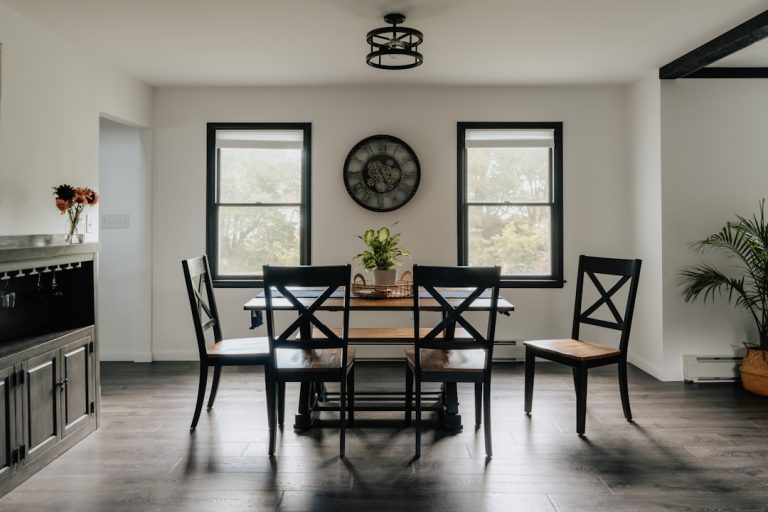
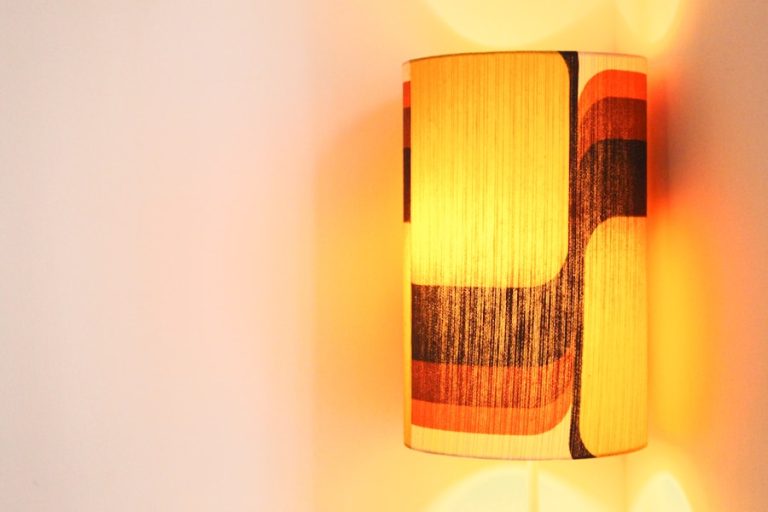
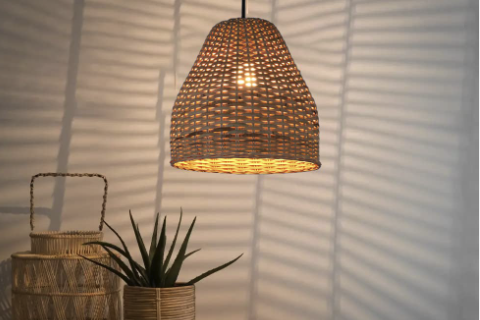
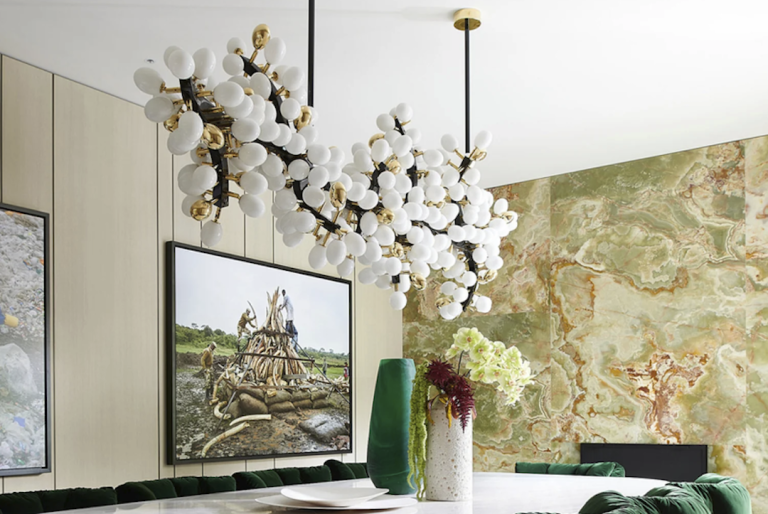
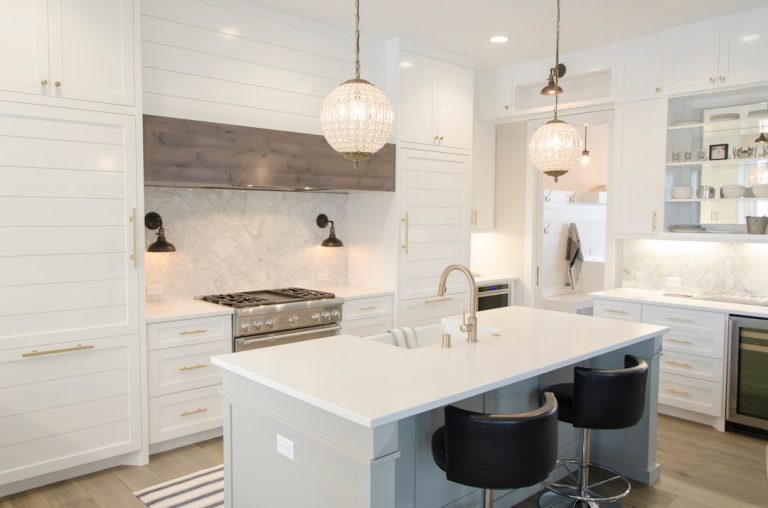
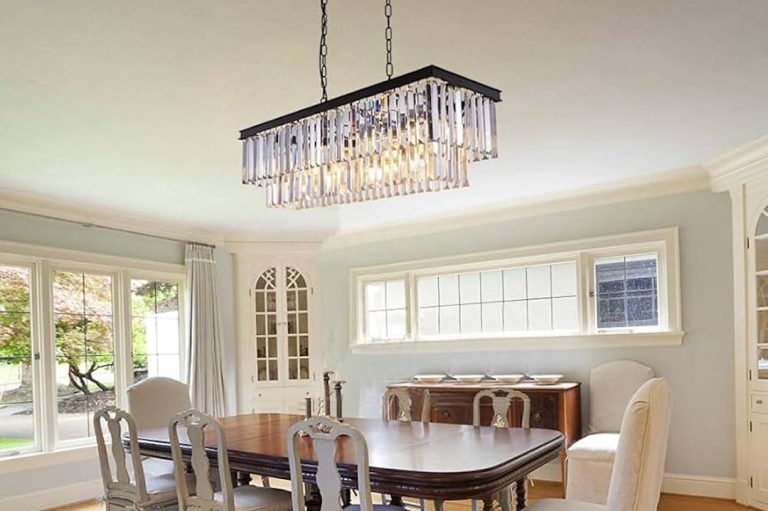
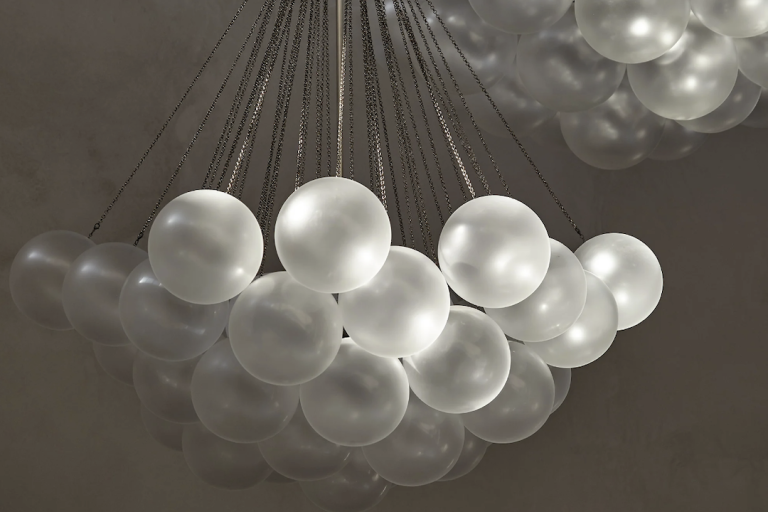
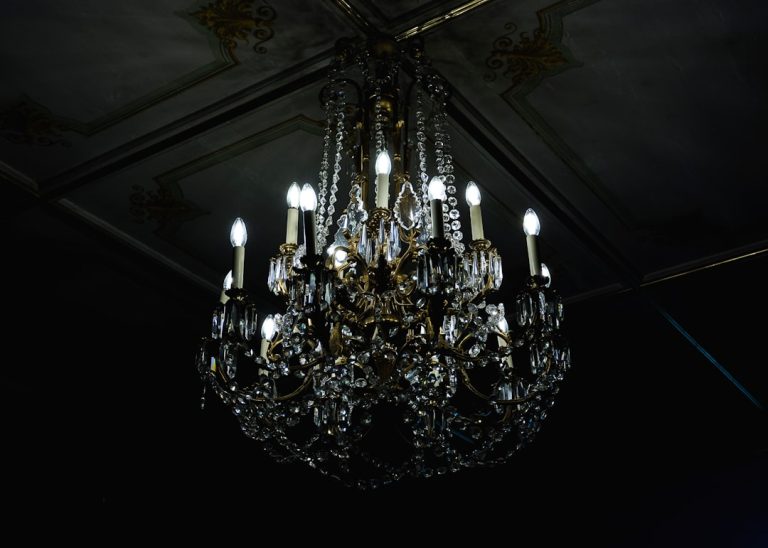
+ There are no comments
Add yours